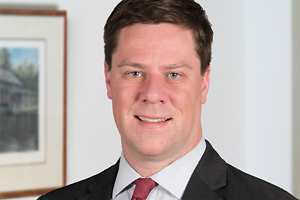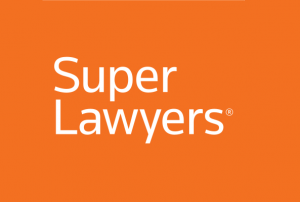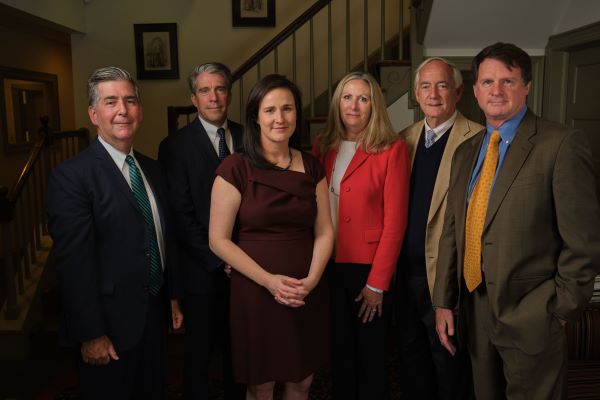
The CARES Act was enacted in late March with the goal of saving the economy from collapse or depression. Central to the CARES Act’s goal is the Payroll Protection Program (PPP) with its design of saving small businesses from bankruptcy or closure. As enacted, Congress offered complete loan forgiveness so long as borrowers met certain requirements relating to employee retention and spending limitations. However, even for unforgiven PPP loan amounts, borrower-friendly terms such as a one percent (1%) interest rate and a six (6) month repayment deferral are offered. Accordingly, the PPP was immediately and overwhelmingly popular. Indeed, the pool of PPP money ran out in a few weeks, requiring Congress to replenish the funds.
The Small Business Administration (SBA) recently published its long-awaited loan forgiveness application and offered some clarity on unanswered questions and outstanding concerns. Specifically, borrowers now have the benefit of designating their loan proceeds and imputing those figures into a worksheet to determine which amounts would likely be forgiven, and which amounts would revert to the original PPP loan terms and be required to be repaid.
As you likely recall, loan forgiveness will focus on a borrower’s expenditures during an eight (8) week, or 56 day, period, commencing on either:
-
the day on which the borrower received the PPP loan, or
-
for borrowers with a biweekly (or more frequent) payroll schedule, the first day of the borrower’s first pay period following the PPP loan disbursement date.
Given the PPP’s namesake, its focus is on preserving payroll and retaining employees. As such, expenses that fit within the definition of “payroll costs” will eligible for loan forgiveness – such as compensation, employer contributions to group health care coverage and retirement plans, and certain state and local taxes assessed on employee compensation, among other costs. Eligible compensation is capped at $15,385 per employee during the 8-week period (which is the 8-week equivalent of $100,000 per year). In addition to such payroll costs, there are non-payroll costs that are likewise eligible for forgiveness. These non-payroll costs include:
-
mortgage interest payments on both real and personal property obligations incurred prior to February 15, 2020;
-
lease payments on real and personal property leases executed prior to February 15, 2020; and
-
utility payments for electricity, gas, water, transportation, telephone or internet access that was in service prior to February 15, 2020.
In addition, with regard to eligible payroll costs, such costs that are incurred during the 8-week period, but not paid during the last pay period of such 8-week period, are eligible for forgiveness so long as they are paid on or before the next regular payroll date.
Once all eligible payroll and non-payroll costs have been identified and added together, borrowers must then determine the portion of their maximum loan forgiveness amount that will be reduced, if any. Specifically, borrowers must reduce their maximum loan forgiveness amount by the following:
-
Salary/hourly wage reduction. For employees that were employed by the borrower in 2019, and had an annual salary of $100,000 or less, the borrower must have maintained that employee’s average pay during the 8-week period at a rate of at least 75% of the employee’s average pay from January 1, to March 31, 2020. A borrower’s loan forgiveness will be reduced by the amount of any reduction in pay. However, there is a safe harbor whereby borrowers can avoid such reduction if, by June 30, 2020, the borrower restores the employee’s salary to an amount equal to or greater than the employee’s annual salary as of February 15, 2020.
-
Full-time equivalency (FTE) reduction. Borrowers are required to maintain the number of employees and the average paid hours of employees during the 8-week period. If there is a reduction in the average number of weekly full-time FTEs during the 8-week period compared to the period covering either (i) February 15 to June 30, 2020; (ii) January 1 to February 29, 2020; or (iii) for seasonal employers, a consecutive 12-week period between May 1 and September 15, 2019, the loan forgiveness will be reduced unless the borrower qualifies for the safe harbor or one of the exceptions. Specifically, borrowers will not be penalized for an FTE reduction if (i) the borrower made a good-faith written offer to rehire the employee during the 8-week period, or (ii) the employee was terminated for cause, voluntarily resigned or voluntarily requested a reduction of hours. For the FTE safe harbor, for borrowers that reduced their FTEs between February 15 and April 26, 2020, there will be no FTE reduction if the FTEs are restored by June 30, 2020.
Additionally, borrowers are subject to the 75% requirement whereby a borrower’s non-payroll costs cannot exceed 25% of all forgivable costs. The application has a mechanism for determining whether at least 75% of the potential forgiveness amount was used for payroll costs.
The SBA application also requires borrowers whose PPP loans exceed $2 million to disclose that fact by checking a specific box. It had been previously been announced that all such loans would be automatically subject to audit, and this feature allows the SBA to easily identify such borrowers.
While the application is complicated in places and confusing in others, organized borrowers should be able to navigate it. In addition, there are already rumors relating to changes to the structure of PPP loans as well as what will be eligible for forgiveness. Currently, the loan forgiveness application must be filed by October 31, 2020.
A copy of the SBA loan forgiveness application may be found here.
For businesses interested in learning more about the loan forgiveness application or how to navigate their way through it, please contact Chris Young at 301-738-2033.
Chris Young is an associate in the Business & Tax practice at Miller, Miller & Canby. He focuses his practice on corporate legal agreements, business formation, tax controversy work and helping clients deal with new tax regulations. View more information about Miller, Miller & Canby's Business & Tax practice by clicking here.







Share this Article: